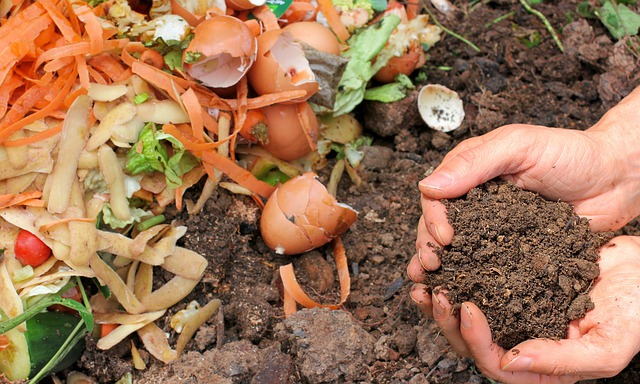Complete Biodegradable Waste Management Guide
The concept of biodegradable waste management is not a new one, but it has become increasingly important in recent years as we have come to better understand the impact of human activity on the environment. The term “biodegradable” refers to anything that can be broken down by natural processes into simpler organic materials.
Waste management is the process of handling, transporting, and disposing of waste. It includes both solid and liquid waste. Biodegradable waste management is the process of handling, transporting, and disposing of biodegradable waste.
Biodegradable waste management is also the process of dealing with organic waste in a way that minimizes its impact on the environment. This can be done through a variety of methods, including composting, anaerobic digestion, and others.
This includes both microorganisms and macroorganisms. Once these materials have been broken down, they can be used as nutrients for other organisms or be recycled back into the environment.
The most important thing to remember when it comes to biodegradable waste management is that it is a process, not a destination. There is no one perfect solution that will work for all waste, all of the time. Instead, it is important to tailor the approach to the specific waste stream.
Read Also: Guide to Proper Management of Solid Waste
The benefits derived from managing biodegradable waste properly are many. It can reduce pollution, conserve resources, and save money. Pollution is reduced because it is biodegradable.
However, there are many different types of biodegradable waste, but some common examples include food scraps, paper products, and yard waste. When these materials are disposed of in the proper way, they will break down and return to the earth, rather than sitting in a landfill and taking up space.
Biodegradable waste is an important part of sustainable living, and it’s important to be aware of what materials can be composted or recycled. Food scraps can be composted at home, or they can be taken to a local community garden or farm. Paper products can be recycled, and yard waste can be used as mulch or compost. They can also be stored using biodegradable garbage bags.
When it comes to managing biodegradable waste, there are a few different options, which will be discussed below.
Composting

Composting is the process of breaking down organic matter, such as food scraps and yard waste, into a rich soil amendment known as compost. Composting is a form of recycling, and it is a great way to reduce the amount of waste going to landfills. It also provides a valuable nutrient for gardens and landscapes.
Read Also: Reasons to use Rabbit Poo (Manure) for our Soil and Crops
The process of composting occurs naturally in the environment, but it can be accelerated by adding the right mix of ingredients and providing the right conditions, such as oxygen and moisture.
Composting bins or piles is a great way to manage the process at home or on a small scale. Microorganisms, such as bacteria and fungi, play a key role in the decomposition process, breaking down complex organic matter into simpler compounds that can be used by plants as food.
Organic matter is made up of carbon and nitrogen, and the ratio of these two elements determines how quickly the material will break down. The result of composting is a nutrient-rich soil amendment that can be used to improve the fertility of gardens and other plantings.
Anaerobic Digestion
Anaerobic digestion is a process that can be used to break down biodegradable waste. This process can occur without the presence of oxygen, which makes it an ideal way to process waste that would otherwise be difficult to break down.
Anaerobic digestion is a slow process, but it is very effective at breaking down complex organic matter. This process can be used to generate energy, produce methane gas, and recycle nutrients back into the environment.
One of the most significant benefits of Biodegradable waste has the potential to reduce the amount of greenhouse gases emitted into the atmosphere. This is because the process of anaerobic digestion results in the production of methane, which is a much less potent greenhouse gas than carbon dioxide.
Read Also: Complete Guide for Recycling e-Waste